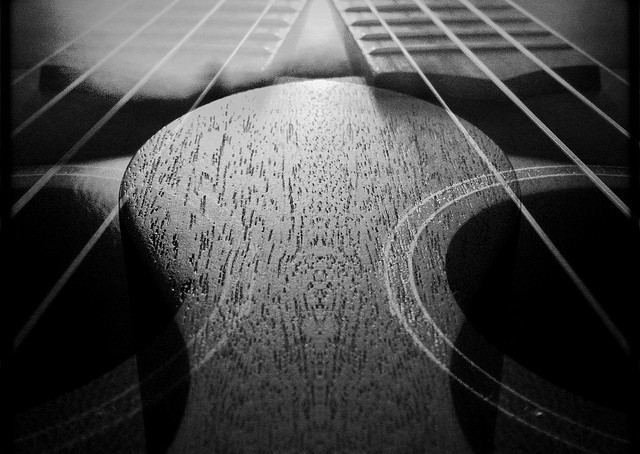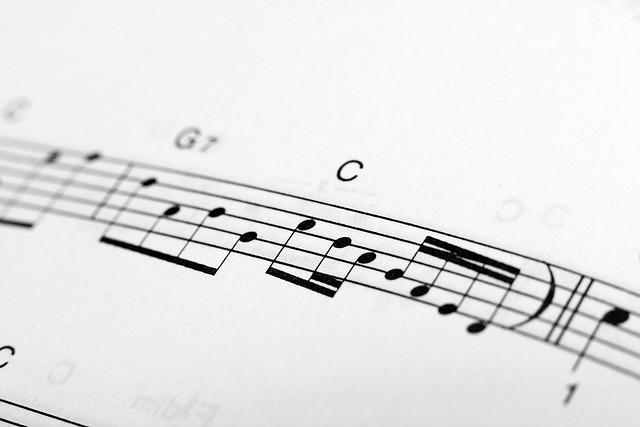Introduction to Modes
What Are the Modes? The modes are simply scales taken from a reference scale, every note in this reference scale gives rise to a mode. The main and most important modes come from the major scale, namely that the seven notes of the same major scale will each be the starting point of a different mode (thus giving rise to seven modes). The Value of Modes The value of modes is that each mode of the same major scale corresponds to a precise degree of the latter, implying that each mode also corresponds to the chord on the same degree. The modes are very useful for improvisation on a grid of chords which are diatonic or even foreign to the main key of a track. It can also be very interesting on the same chord to play different modes to help evolve your improvisation (some of these modes have a[…]
Read More



No comments yet.
Add your comment